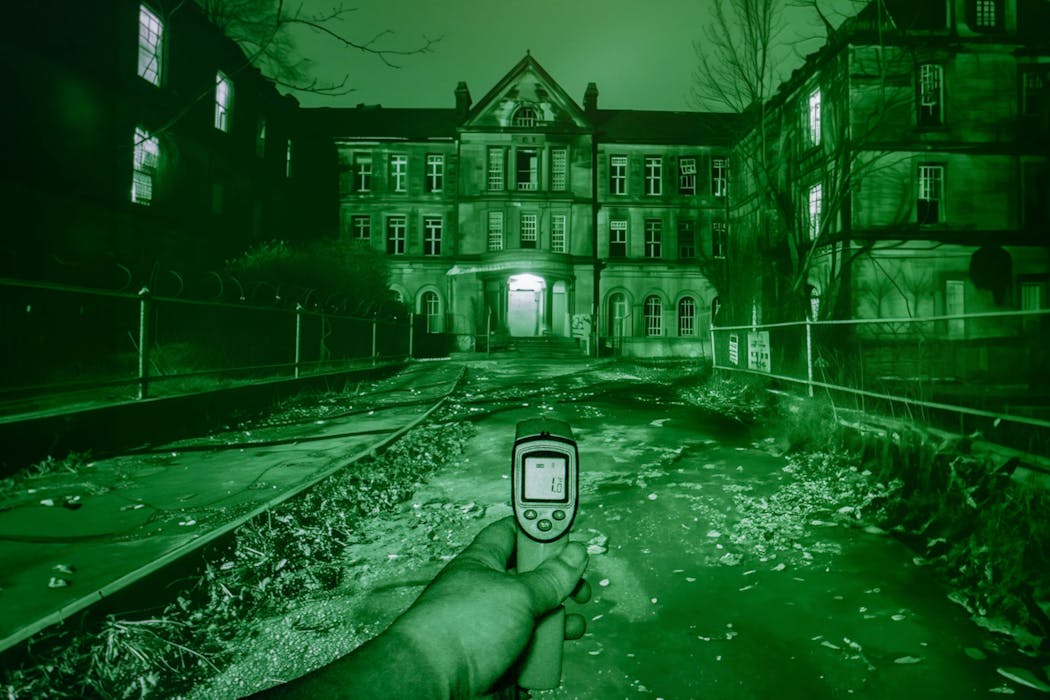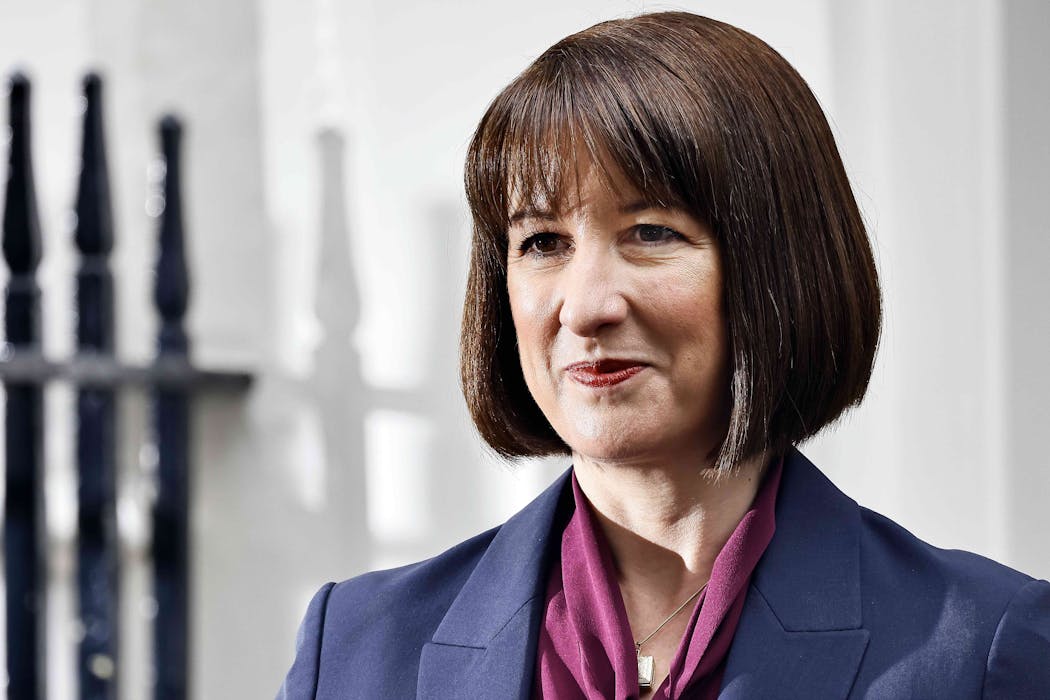Source: The Conversation – UK – By Stephen Gorard, Professor of Education and Public Policy, Durham University
All secondary-age school pupils in year eight (aged 12 and 13) in England will be required by the government to take a reading test. The declared purpose is to help drive up reading standards so that “everyone can thrive”. Is this additional test a good idea?
Although the results of the tests will not be published, they will be provided to families and to Ofsted (the body responsible for school inspections in England). The existence of the tests may therefore encourage secondary schools to devote more attention to improving reading.
The average levels of reading are high among young people in England, according to international tests. There was a small decline in scores following the pandemic, but this happened nearly everywhere.
The major concern should be for a minority of pupils who arrive at secondary school without the level of literacy needed for school and everyday life. This means that they are unable to access the wider curriculum. Low literacy at this stage is linked to lower exam results when children reach their GCSEs.
Primary schools tend to emphasise literacy and numeracy, but secondary schools introduce separate subject disciplines, many of which are almost impossible to understand without the ability to read fluently. Basic literacy should be a minimal threshold expectation for school attendance.
It is also vital for everyday and later life as a citizen. If the test means that secondary schools will focus even more on these “catch-up” pupils, then so far so good.
A few problems
However, any test involves a cost, as well as the curriculum time devoted to preparing for it. If schools do not prepare for it, then the test will merely provide a snapshot without changing anything.
It will highlight the lower achievement of children from groups we already know come to school with a disadvantage: those with special educational needs and disabilities, and those from poorer backgrounds.
Read more:
Poorer pupils do worse at school – here’s how to reduce the attainment gap
Tests also cause anxiety for some students. And they may not be accurate measures of what was intended. For example, summer-born children, who may start primary school when they are barely four, tend to score lower on reading tests without being behind the expected level for their actual age.
This “summer-born effect” persists well into secondary school. So will the new reading test be calibrated by age? If so, how?

Rawpixel.com/Shutterstock
It will be really hard to get everyone to pass this test. Even for the primary phonics screening test, taken in year one, the target is only that 90% of pupils pass. But it is precisely the other 10%, plus a few more (including home-schooled and hospitalised children), that this new test should be aimed at.
Otherwise the results given to Ofsted will just be a summary of the levels of poverty and learning challenges – special educational needs – of the pupil intake to any school. And my research shows that Ofsted is poor at separating context and raw test scores.
The way forward?
If this proposed new secondary school test is meant to be high stakes and to provoke a positive reaction from schools, then why not have it earlier, for a younger age group? Reading is something best learnt young. Perhaps in year four, when there are still two years to prepare for the transition to secondary school – but primary schools may not welcome another test in an already crowded phase.
Either way, a desire to help is not enough. Schools and teachers must know how to help that last 10% or so of children who struggle with reading, cost effectively and efficiently. There is a growing body of robust evidence on how best to improve literacy for struggling readers – but also a proliferation of less useful approaches promoted by advocates, salespeople, and those with a vested interest.
So, in addition to this new test, the government could do more to help schools judge the quality of evidence for or against specific literacy approaches. This would mean that schools use the limited time and resources they have to help children with their reading making use of the most effective ways to get results. They should not simply rely on organisations or commentators who present a collection of evidence without considering the quality of the underlying research.
![]()
Stephen Gorard receives funding from Economic and Social Research Council, and Department for Education, to conduct work in this general area.
– ref. Will England’s new reading test for secondary pupils be useful? – https://theconversation.com/will-englands-new-reading-test-for-secondary-pupils-be-useful-267678









